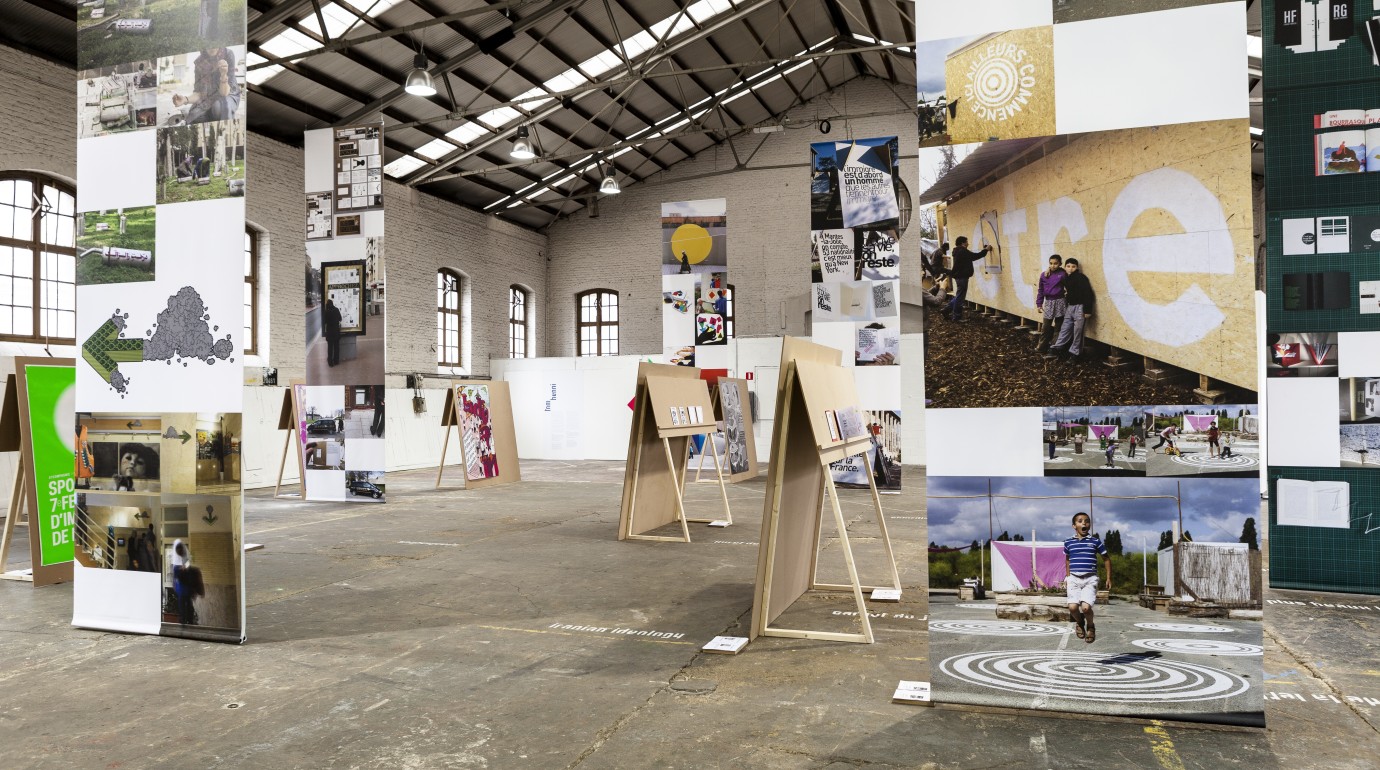Graphic design is one of the two new fields of vision in the second edition of RECIPROCITY. Focusing on graphic design and visual communication as a channel of civic expression for social change, the different elements of the Printed Commons project address their expression from the perspective of an intervention in public space, a collaborative act that also shares tangible know-how.
There has been increasing awareness about social innovation, about active community groups. Are they adopting graphic design in a different way?
TS: Absolutely. There is a huge democratisation of the tools, and I think it’s wonderful. But it’s also important to have educational or didactic support when dealing with visual language. It’s not because you have all the tools and computer programmes that you can make something good and which people will respond to. I think there are a lot of bridges between the active processes of social innovation and the workflows of a graphic designer. In the first place, there is the stage in which collecting information allows you to explore and understand what is the real problem or challenge to be addressed. Then there is the great gulf that creation needs to fulfil. (…) However, what is important is keeping that equilibrium between the statement and the aesthetics.
NB: Graphic design has always had a quite peculiar place in the history of design, because its ‘functionality’ is directly linked to thinking, ideas and images. It is about designing an idea more than a function, so it is closely linked to social innovations, even though many of its authors have struggled with collective practices in the past. Today, however, being an author does not just mean having an aesthetic but an ethical approach that culminates in finding its form, while the contribution of design collectives is more important than ever.
Interview extract by Emma Firmin in the publication RECIPROCITY 2015 / About Social Innovation
Photography © Germain Ozer

